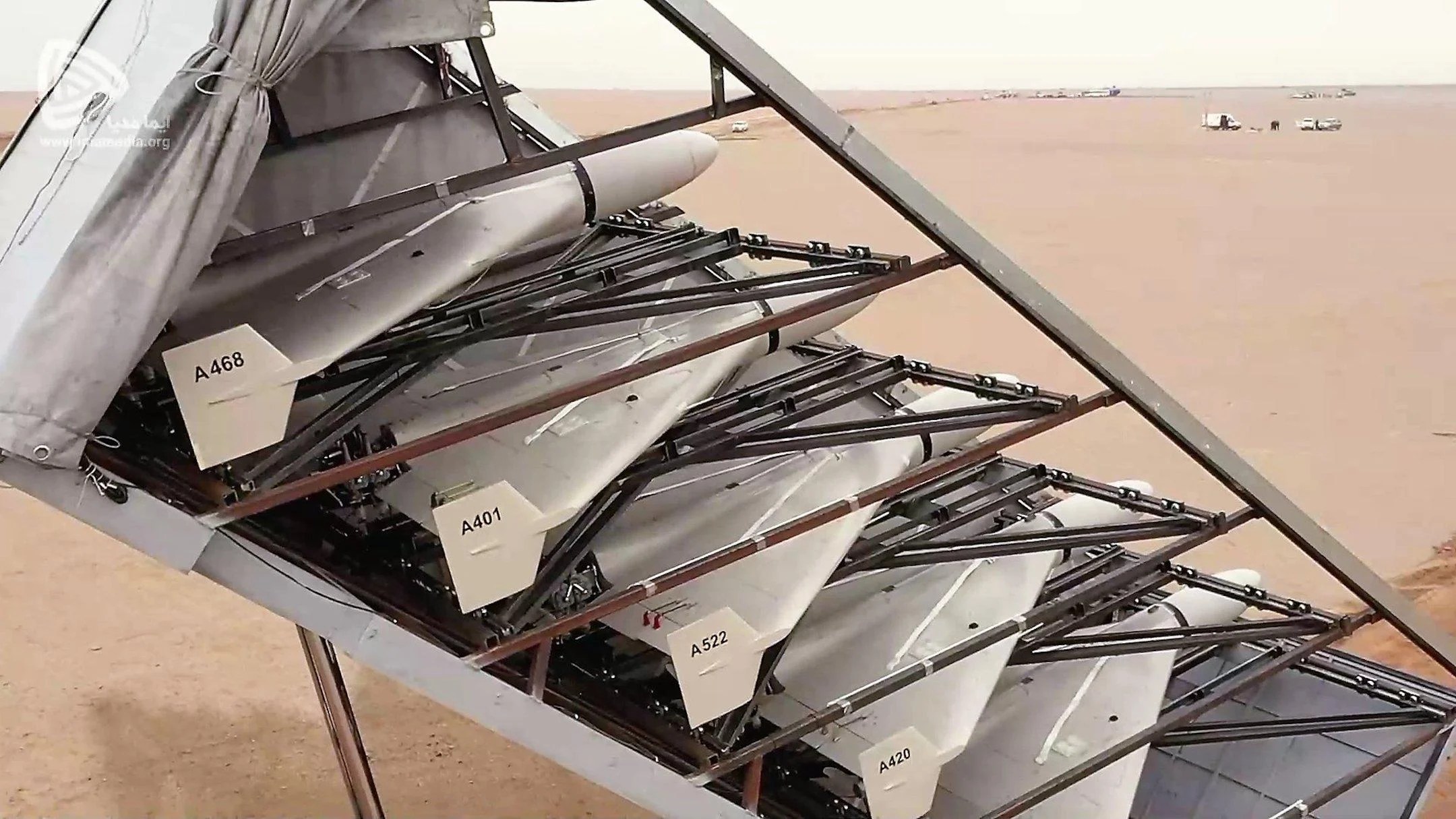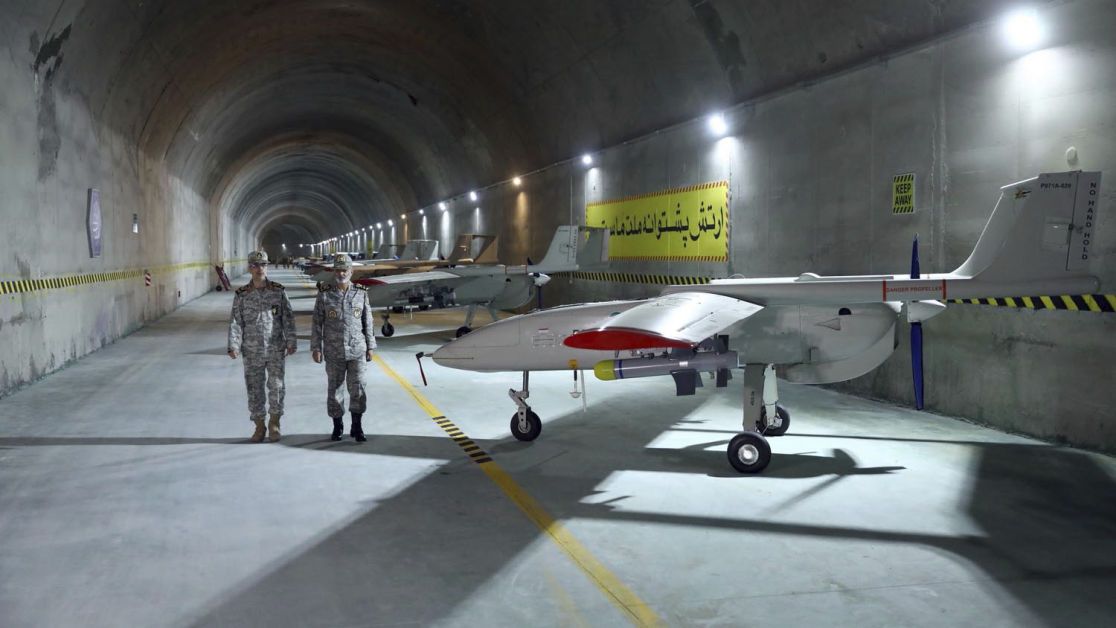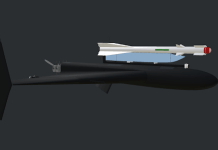A senior Russian defense official recently stated that most indigenous drones in Russia did not meet the technical and tactical requirements. Against this backdrop, Russian troops have shifted strategy and deployed a swarm of Iranian kamikaze drones to attack Ukraine.
According to reports, the Ukrainian Armed Forces came under a swarm drone attack by Russian troops. The Russians allegedly deployed the Shahed-136 kamikaze drones, also known as Geran-2 in Russian, acquired from Iran, to strike a Ukrainian position near its capital Kyiv.
Oleksiy Kuleba, the governor of the Kyiv region, reported that six drones struck a building overnight in Bila Tserkva, about 75 kilometers (45 miles) south of the city. In the past three weeks, Ukraine has seen many Russian drone assaults using Iranian-made Shahed-136 aircraft, but the attack on Bila Tserkva was the closest to Kyiv.
In its report, a Russian language media portal stated that a swarm of uncrewed aerial vehicles, known as “Geran,” attacked Ukrainian military installations.
The unanticipated swarm attack significantly reduced the chances of repulsing the attack with the Ukrainian air defense. It allowed the Russians to inflict critical strikes on the infrastructure of the Ukrainian military.
Kiev, the capital of Ukraine, was bombed by kamikaze drones "Geran-2" for the first time. The person recording the video can be heard saying "Suka" (meaning bitch in Russian). pic.twitter.com/b2jOsgRH3z
— Rakesh Krishnan Simha (@ByRakeshSimha) October 5, 2022
Reports claim that the Ukrainian military’s headquarters and barracks were attacked by the swarm or group of drones flying in tandem. In addition to destroying buildings on the military unit’s property, the Ukrainian military suffered severe manpower casualties in the attacks.
According to Pravda News, up to 12 unmanned aerial vehicles were involved in the swarm attack, successfully striking the territory of a military unit in Bila Tserkva.
“Kyiv region. Last night, the enemy attacked Bila Tserkva with kamikaze drones of Shahed-136 type. A total of six strikes and explosions. One person was injured. The infrastructure was also damaged,” Oleksiy Kuleba, the head of the Kyiv Regional Military Administration, wrote.

Dozens of firefighters rushed to douse blazes in the first such attack near the capital of Ukraine, which the Russians had earlier failed to enter. In late September, one of these drones flew into a building in the harbor area in Odesa and allegedly attacked the Navy Headquarters.
The recent attack on a military installation so close to the capital is significant as it comes in the wake of Russia’s annexation of Ukraine’s territory and the latter’s attempt to become a NATO member.
Further, Russian President Vladimir Putin has ordered partial mobilization, which has achieved an important goal in terms of the number. Meanwhile, the Ukrainian President has said he won’t negotiate with Putin.

Russia’s Kamikaze Drone Of Choice
The Ukrainian Air Force Command spokesperson Yurii Ihnat described Shahed-136 as a small aerial target that flies mainly at low altitudes and is seldom detectable on radars.
It is a kamikaze loitering drone that explodes on impact with the target. Due to its propensity to fly directly into targets, it is occasionally referred to as a “kamikaze” drone.
The drones provide a tactical challenge for Ukrainian ground forces even though they are less expensive and less advanced than American, British, Israeli, Chinese, or even certain Russian weapons.
Reports state that Tehran has several Shahed drone variations. While Iran has provided scant information, the triangle-shaped Shahed is claimed to have a range of about 2,000 kilometers.
The Shahed-136 drone has the potential to hit specific targets at a distance, which is something that Russia sorely needs to wage war against Ukraine, which is well-armed and well-resourced with assistance from the US-led NATO.
The Shahed-136, commonly known as a swarming drone, has been most frequently employed against Ukraine. The Shahed-136, which Iran first used in 2021, is designed to overwhelm ground forces and get past the opponent’s air defenses.
⚡️??️ After the visit of Geran-2 Kamikaze UAVs to the 72nd Brigade of AFU⚡️
The drones landed on their barracks in Bila Tserkva, #Kiev region.
You can judge for yourself the price of stories about "minor damage to the brigade's location"https://t.co/d9YpGcSFtz#UkraineWarVideos pic.twitter.com/XOYcINQYdg— ???? News from Slavyangrad ⚔ Reports & Vids ? (@DeuNachrichten) October 5, 2022
The UK Ministry of Defense (MoD) said in its September 14 update, “The Shahed-136 is a one-way attack UAV with a claimed range of 2,500 kilometers. Russia is increasingly sourcing weaponry from heavily sanctioned states like Iran and North Korea as its stocks dwindle.”
The Iran Aircraft Manufacturing Industrial Company produced the Shahed-136 suicide drone, which can typically carry warheads weighing between five to thirty kilograms.
Iran had previously refuted claims that it had given Russia weaponry or drones similar to the Shahed-136. Later, the Iranian Revolutionary Guard commander bragged about supplying Russia with these drones.
- Contact the author at sakshi.tiwari9555@gmail.com
- Follow EurAsian Times on Google News




